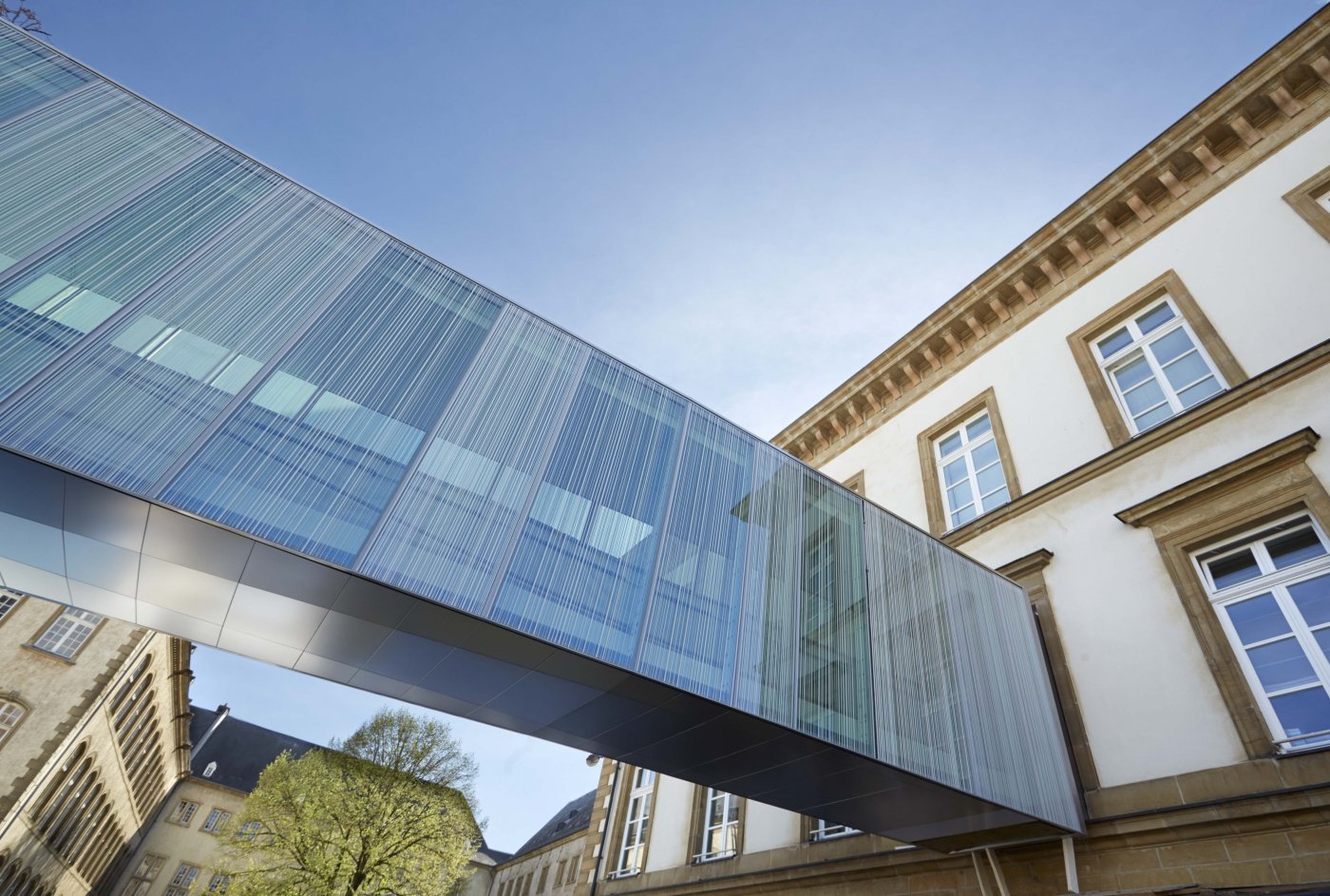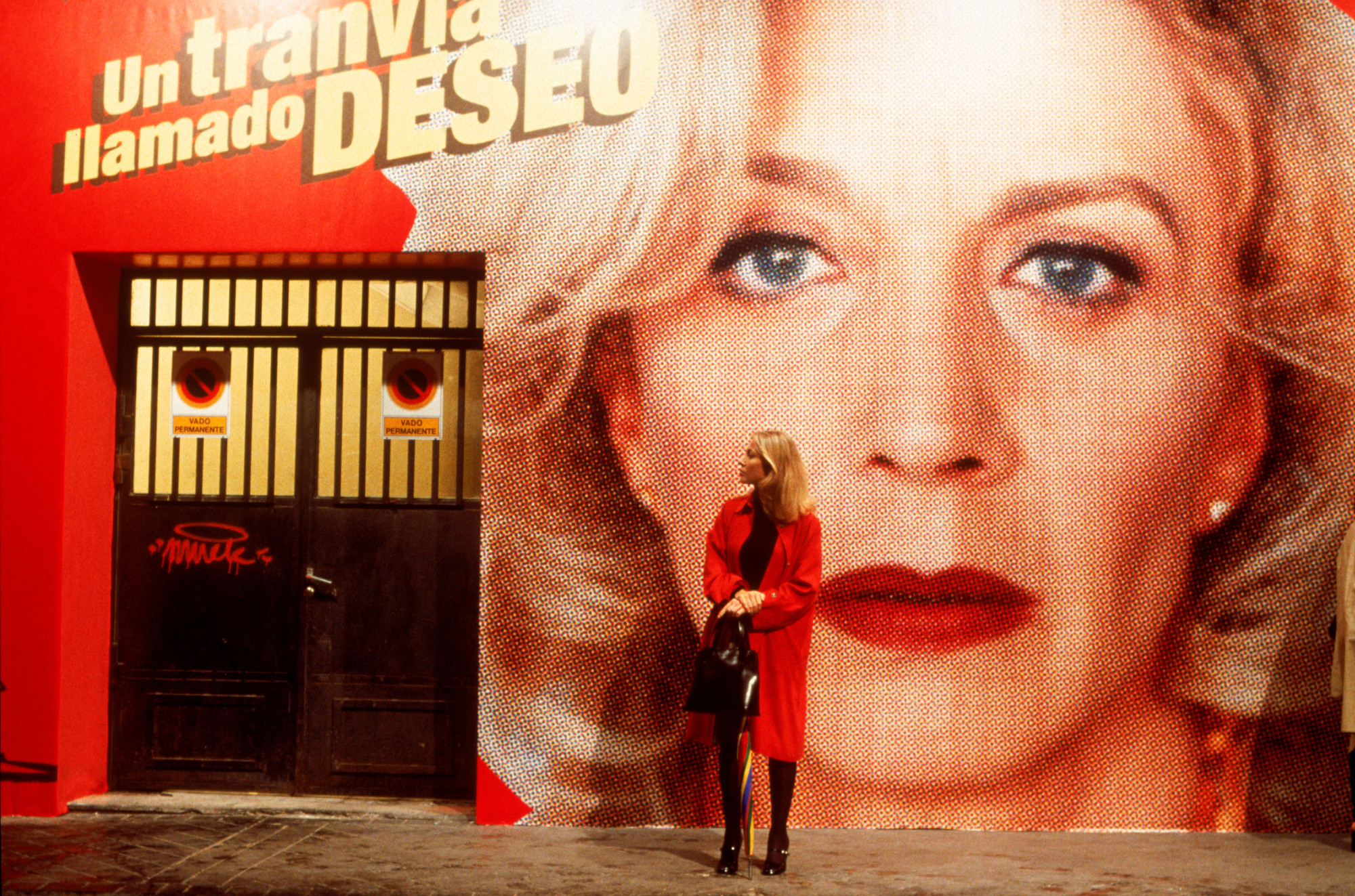Summary record
Video
Installation of concrete blocks - Safety measures
QUESTION BY CATHY FAYOT
In the wake of the murderous attacks perpetrated in our neighbouring countries, by people driving vehicles into crowds with the intent to kill as many people as possible, the citizens are concerned about their safety on the roadways and in public places in Luxembourg City.
The City has therefore installed approximately one hundred movable concrete blocks at the fairgrounds to prevent trucks from entering the Schueberfouer grounds. When asked by the Luxemburger Wort (26/27 August 2017) about the effectiveness of this measure, you indicated that, as part of a plan to overhaul infrastructure in the city centre, the City was considering installing barriers that were solidly anchored in the ground to protect the pedestrian zone.
These statements lead me to ask the following questions:
- Is the installation of concrete blocks at the Schueberfouer the result of a comprehensive analysis of security in this area, which is visited by thousands of people every day?
- In addition, do you believe that there is an urgent need to protect the city centre?
- Is there already a specific plan to install the barriers in question, with a start and an end date for the work, the places where the barriers will be installed, and measures for ensuring entry to the city centre by car for residents, businesses, taxis, ambulances and suppliers?
- Is such a plan being developed in conjunction with the police?
- More generally, could you inform the Municipal Council about the overhaul of infrastructure in the city centre that you have announced and as part of which the barriers will be installed, and in particular about the scheduling (start and end of the work, scope of the work - for example, is there a plan to replace the current paving stones in the pedestrian zone?), especially in light of the plan to extend the pedestrian zone to Boulevard Royal?
RESPONSE BY LYDIE POLFER
The Mayor replied that the safety measures taken for the Schueberfouer fair and the Chrëschtmaart (Christmas market) were developed in close collaboration with the Grand Ducal Police. It was decided that a certain number of concrete blocks would be placed to secure these sites while also allowing access for deliveries and emergency and rescue services.
The project to place bollards is being prepared in conjunction with the police, and these bollards will vary in size depending on the are to be protected. A basic question that remains to be resolved is that of round-the-clock video monitoring of the bollards to allow access to the pedestrian zone, the Schueberfouer fair and the Chrëschtmaart at any time.
When the details of the project are known, they will be presented to the advisory committee prior to commencement of the project. These bollards are the best solution to reconcile safety and flexible access.
Traffic and parking problems in Rue Pierre d'Aspelt
QUESTION BY CATHY FAYOT
A special needs school is located on Rue Pierre d'Aspelt, and this road therefore sees a lot of traffic on weekdays owing to the transport of school children. As the street is a dead-end, these vehicles are forced to turn around at the end of the street in an area designed for that purpose. However, sometimes vehicles parked illegally in this area prevent school vans from being able to turn around, forcing these drivers into making dangerous manoeuvres to get out.
- Is the Service Circulation (Traffic Department) aware of this situation, and how does it intend to remedy it?
RESPONSE BY PATRICK GOLDSCHMIDT
Alderman Goldschmidt replied that, in the segment of Rue Pierre d'Aspelt located between Boulevard Joseph II and the entrance to the municipal park, along a distance of 15 meters before the park entrance, parking is prohibited on both sides of the street. There are two parking places for people with reduced mobility in the immediate vicinity of the differentiated learning school, and adequate signage does exist.
Given the prohibition against parking in this 15 meter long section, vans transporting special needs pupils should be able to turn around. City officers perform regular checks in this area, and the Grand Ducal Police are notified when more rigorous action is required.
Automobile traffic in Eicherfeld
QUESTION BY CATHY FAYOT
The area called "Eicherfeld"is home to a number of residents and a few horticultural businesses. According to the sign placed at the entrance of Rue Eicherfeld, the street is reserved for residents. The street, however, is also used by the customers of these businesses, which causes traffic and thus a nuisance to the residents and hikers in an area that is supposed to be devoted to nature. It is true that one of the businesses located in Eicherfeld strictly limits customer service during the week, and another tries to encourage its customers, via its website, to use bicycles or public transportation when visiting.
In light of the foregoing, I would like to ask the following question:
- Is automobile traffic actually reduced to the strict minimum in Eicherfeld? Are checks regularly carried out to make sure that the applicable regulatory provisions are actually applied?
RESPONSE BY PATRICK GOLDSCHMIDT
Alderman Goldschmidt replied that, in the street in question, traffic is prohibited in both directions, except for local residents and deliveries, and that the Grand Ducal Police regularly carries out checks there.
Flood risk and related preventive measures
QUESTION BY FRANÇOIS BENOY
Following the severe snowfall and rainfall last Sunday, 10 December and Monday, 11 December, flood water inundated several locations in the country. At 13:30 yesterday (11 December), the "Pfaffenthal/Alzette" measuring station recorded 233.9 cm of precipitation, marking a record level that exceeded the "warning level" (source: www.inondations.lu). The evacuation of the water resulting from these "extreme" events, mainly due to climate change, is increasingly complex, especially in an urban environment with a high degree of soil sealing, as is the case in Luxembourg City.
- According to AGE, the restoration of wetland habitats causes watercourses to overflow their beds and occupy the alluvial plain during high water events. This reactivation of the natural water retention capacity of the alluvial plain allows cresting and spreading of water during flood events, thereby protecting downstream areas from flooding. Where is the City with regard to the renaturation of waterways in our area?
- The rapid rise of the Alzette in Pfaffenthal confirms the urgent need to finish the Pétrusse renaturation project, i.e. the completion of a first segment by 2021 and complete renaturation by 2026, as confirmed in the discussions on the mission statement of the College of Aldermen. What will be the impact of the renatured Pétrusse water flow on the Alzette in a situation comparable to that of these recent days?
- Are there concrete plans for the renaturation of the segment between the already renatured Cessage stream and the Pétrusse, and the Alzette in the north of the city? What is the current state of planning?
- What other preventive measures do you envisage to reduce the risk of flooding and soil sealing, for example, in planning new development projects? I remind you that rain water in the fast-growing Kirchberg plateau district is also evacuated toward Pfaffenthal.
RESPONSE BY SIMONE BEISSEL
Alderwoman Beissel replied that, concerning the renaturation of the Pétrusse, a feasibility study has been conducted and a site visit has been organised. The draft summary of the study will be presented in June and the final project in December 2018. The work is scheduled to begin in 2019, and experts have confirmed that the renaturation of the Pétrusse will only have a minor impact in terms of flooding.
The "Porte de Hollerich" project provides for renaturation of the Merl and Cessange stream. Concerning the Cessange stream, the "Im Gründchen" PAP (special development plan) also includes a renaturation project.
In addition, a national project is planned for the Alzette, and the Place Dargent has not been flooded since the creation of retention basins. The Alzette still poses problems in Beggen and Dommeldange. After the results of the national study are presented, a specific project will be developed. Four retention basins have also been planned, in Kalchesbruck, Rue Probst, Rue Siweburen and Place de l’Europe. The goal is to control backflows and repair poorly built connections. Also, the sealing tax has yielded good results in terms of limiting soil sealing.
Fireworks and firecrackers on New Year's Eve
QUESTION BY FRANÇOIS BENOY
It seems that every year more fireworks and firecrackers are set off during New Year's Eve celebrations in Luxembourg City. The effects of this include noise disturbances for residents and animals, an increased risk of accidents, a general feeling of insecurity, and the pollution of the public space and the air.
The website of the City of Luxembourg does not provide any information on the subject. There is contradictory information in the media on this subject. According to an article in Le Quotidien, the capital "has announced that it would tolerate private fireworks set off at around midnight". L'essentiel, however, writes about the strict application of the general regulations on public order and safety.
- What are the applicable provisions concerning fireworks and firecrackers on New Year's Eve in Luxembourg City?
- How was the general public informed of these rules?
- What is your position on an explicit ban, as introduced in the municipalities of Esch/Alzette, Dudelange, Pétange, Bettembourg, Lorentzweiler, Berdorf and others?
- How many calls, incidents and accidents involving fireworks and fire crackers were recorded by our Service Secours (Emergency Services Department)?
- What is the extent of the cleaning required in streets and public spaces on New Year's Day? Do additional teams need to be involved?
RESPONSE BY LYDIE POLFER
The Mayor responded that article 33 of Luxembourg City's general regulations on public order and safety specifies that fireworks in public spaces are prohibited without the authorisation of the Mayor, and that no authorisations were sought. The Service Incendie et sauvetage (Fire and Rescue Department) was only called upon to intervene once on New Year's Eve 2017, in an instance involving a fire in a rubbish bin, which caused no damage.
It seems that Luxembourg City's residents act rather sensibly when using fireworks on private property, and no major nuisance has been reported.
Transfer of the primary school section of the Michel Lucius International School to Limpertsberg
QUESTION BY SAM TANSON
Articles appearing in the media today explain that the premises vacated by the Lycée Vauban will be used next year by the primary school section of the Michel Lucius International School. Bearing in mind that the measure to vacate these premises is part of an effort to reduce traffic in Limpertsberg, and was welcomed by Limpertsberg's residents, I would like to ask the College of Aldermen the following questions:
- Was the College of Aldermen consulted on this matter, and did it give its approval?
- Why does the school not remain in the currently occupied premises provided by the City in Rue Charles IV?
- Has a transportation plan already been developed that provides for group transport of students, since these students come from different places and are not old enough to travel alone using public transport that is not specifically reserved for them? If the answer is no, will such a plan be developed?
- How will the containers in Rue Charles IV be used?
RESPONSE BY LYDIE POLFER
The Mayor replied that, in May 2017, the City signed an agreement with the ministry to place the containers in Rue Charles IV for one year, and it was decided that the containers would then be removed and that the government would bear all costs. The City had rented the containers from the company Aloa and the government paid the rent for one year.
In a letter dated 21 March 2017, the College of Aldermen was informed that the completion of the Lycee français was delayed, and that the government therefore needed to use the containers in Rue Charles IV for one year. The minister indicated that thereafter the 300 students would be accommodated in the premises of the Lycée Vauban, which had previously accommodated 1,100 students. The minister also requested to rent containers in Rue Charles IV for the secondary school for health professions (lycée technique des professions de la santé), but the College of Aldermen refused this request, fearing that it would generate additional traffic in this residential district.
With regard to the English school, it was decided that the parents would drop off their children in the car park in front of the Merl cemetery, and that there have been no complaints of non-compliance with this request. Moreover, several ministers recently confirmed their intention to move a number of secondary schools out of Limpertsberg to reduce traffic in this neighbourhood. The City is pleased that it will be able to recover the land freed up this way to use it for housing projects.
RESPONSE BY PATRICK GOLDSCHMIDT
Alderman Goldschmidt added that the Service Circulation (Traffic Department) is in contact with the ministry for the purpose of creating a transportation plan in the upcoming months.

















